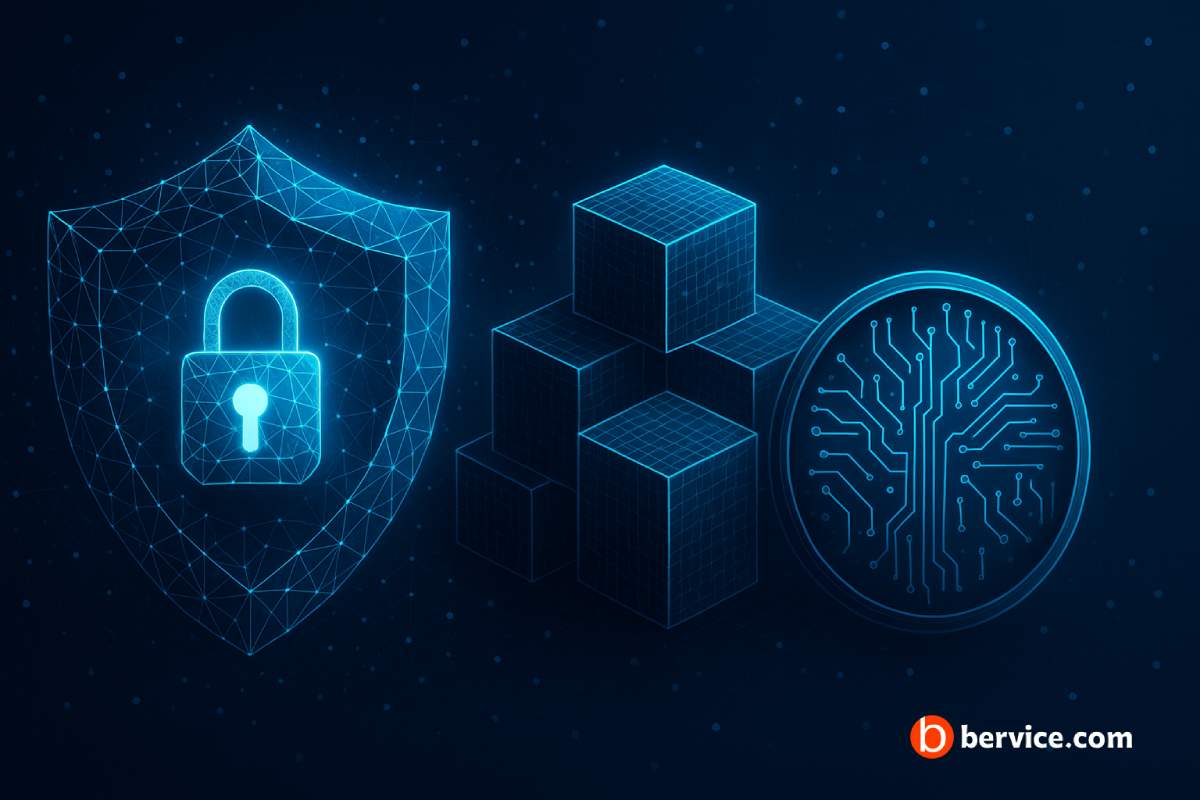Introduction: Decentralization as a Starting Point, Not the Destination
Decentralization has revolutionized the way we think about trust, data ownership, and digital infrastructure. By removing single points of failure and control, blockchain and Web3 technologies have enabled censorship resistance, permissionless innovation, and transparent ecosystems.
However, decentralization alone does not inherently guarantee data security in the long run. While distributed ledgers prevent tampering and centralized manipulation, they remain vulnerable if the cryptographic foundations themselves are broken. The rapid progress in quantum computing has brought this risk closer than ever before.
The Quantum Threat: How Current Encryption Could Collapse
Most Web3 protocols rely on classical public-key cryptography like RSA, ECDSA, or Elliptic Curve Cryptography (ECC). These systems depend on mathematical problems—like factoring large integers or solving discrete logarithms—that are infeasible for today’s classical computers.
But quantum algorithms such as Shor’s Algorithm can theoretically solve these problems exponentially faster on a sufficiently powerful quantum computer. This means that:
- Blockchain private keys could be reverse-engineered from public addresses.
- Encrypted data stored on decentralized networks could be decrypted retroactively (“store now, decrypt later” attacks).
- Digital signatures securing smart contracts and decentralized identities could become invalid overnight.
Decentralization without post-quantum cryptography (PQC) is like a fortress with no walls—the attackers may not be here yet, but the door is already open.
Post-Quantum Cryptography: Building Quantum-Resistant Layers
Post-Quantum Cryptography (PQC) refers to cryptographic algorithms designed to resist quantum attacks. Standards bodies like NIST have been working on PQC since 2016, and algorithms like CRYSTALS-Kyber (for encryption) and Dilithium (for signatures) have already been selected for standardization.
For Web3 and decentralized storage systems, integrating PQC means:
- Quantum-safe keys: Replacing classical elliptic curve keys with lattice-based alternatives.
- Hybrid cryptography: Running classical + quantum-safe algorithms together for a transition period.
- Forward secrecy: Even if keys are compromised in the future, past data remains secure.
This ensures the immutability of blockchains is matched by long-term confidentiality.
Decentralization + PQC: A Symbiotic Architecture
Here’s how combining decentralization with PQC strengthens the stack:
| Layer | Without PQC | With PQC Integrated |
|---|---|---|
| Blockchain Security | Risk of private key exposure | Quantum-safe signatures for transactions |
| Decentralized Storage | Encrypted files vulnerable to future decryption | Lattice-based encryption securing all data |
| Identity & Access Control | Digital IDs breakable by quantum attacks | Post-quantum digital identities (SSI) |
| Smart Contracts & DAOs | Signatures forged under quantum threat | Quantum-resistant consensus and voting |
This hybrid approach ensures that decentralization resists censorship, while PQC resists quantum threats—covering both structural and cryptographic vulnerabilities.
Real-World Use Cases: From Finance to Personal Data Vaults
- DeFi Protocols: Protecting billions in liquidity pools from key compromise.
- Decentralized Identity (DID): Enabling self-sovereign identities that remain secure even in a post-quantum world.
- Personal Data Vaults: Solutions like Bervice combining decentralized storage with PQC to give users full control over quantum-safe data storage and sharing.
- Cross-Border Payments: Securing payment channels and smart contracts for international Web3 transactions.
Each use case highlights the urgent need to move beyond decentralization as the only defense layer.
Challenges in Implementation
Adopting PQC in decentralized systems isn’t trivial:
- Performance trade-offs: PQC algorithms often require larger key sizes and more computation.
- Backward compatibility: Upgrading existing blockchains without breaking consensus rules is complex.
- Standardization: Ensuring interoperability across different chains and protocols.
Despite these hurdles, early adoption ensures a smoother transition before the quantum threat becomes practical.
Conclusion: Future-Proofing the Decentralized Web
Decentralization gave us a world without single points of failure. Quantum-resistant encryption ensures this world remains secure even in the face of quantum computers.
By integrating PQC into Web3 stacks today, we protect the integrity of blockchains, smart contracts, decentralized identities, and storage networks for decades to come.
The future of Web3 security will belong to systems that combine distributed architecture with post-quantum cryptography—and the time to start building them is now.
Connect with us : https://linktr.ee/bervice
